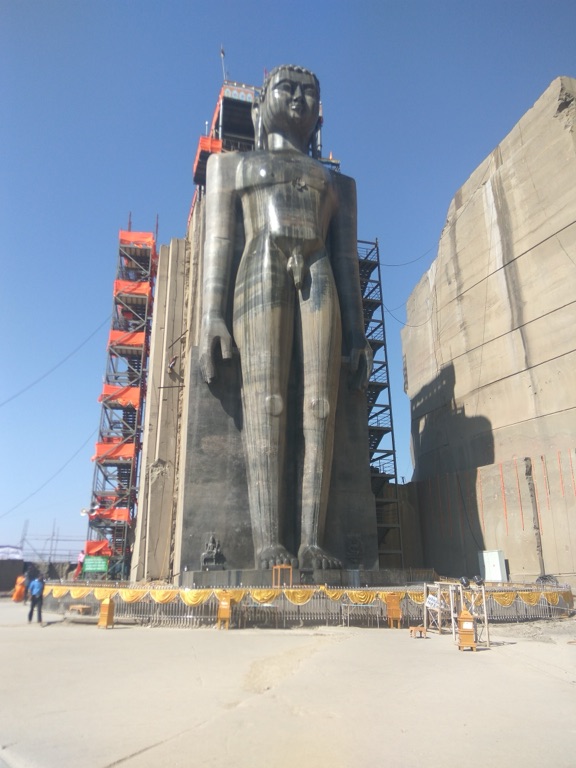The Statue of Ahimsa, located at Mangi-Tungi, Nashik, Maharashtra, stands as a testament to the spiritual and artistic aspirations of the Jain community. This colossal statue, dedicated to the first Jain Tirthankara, Rishabhanatha, is recognized by the Guinness World Records as the tallest Jain statue in the world. The statue, including its pedestal, reaches a height of 121 feet (37 m), with the figure itself measuring 108 feet (33 m). Carved directly out of the sacred Mangi-Tungi hills, this monumental sculpture not only represents a significant religious icon but also a remarkable feat of engineering and artistry.
Statues and Monuments
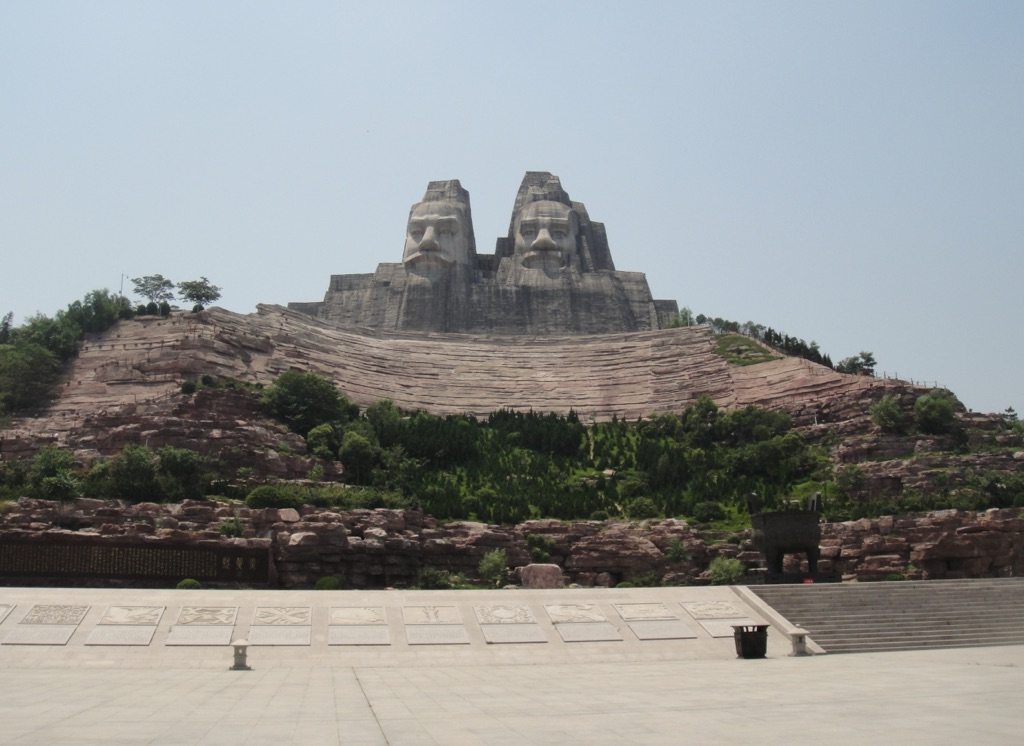 Statues and monuments have served as pivotal elements in human history, embodying the cultural, political, and social ethos of their times. These structures, ranging from the colossal statues of ancient deities to the intricate relief carvings found in medieval cathedrals, have been instrumental in commemorating significant events, venerating deities, and celebrating influential figures. The ancient Egyptians, for instance, erected monumental statues like the Great Sphinx of Giza around 2500 BC, not only as a testament to their architectural prowess but also as a symbol of royal authority and divine protection. Similarly, the Greeks elevated the practice of sculpting to honor their gods and heroes, with the Statue of Zeus at Olympia, crafted in the 5th century BC, being one of the most celebrated examples of ancient Greek sculpture.
Statues and monuments have served as pivotal elements in human history, embodying the cultural, political, and social ethos of their times. These structures, ranging from the colossal statues of ancient deities to the intricate relief carvings found in medieval cathedrals, have been instrumental in commemorating significant events, venerating deities, and celebrating influential figures. The ancient Egyptians, for instance, erected monumental statues like the Great Sphinx of Giza around 2500 BC, not only as a testament to their architectural prowess but also as a symbol of royal authority and divine protection. Similarly, the Greeks elevated the practice of sculpting to honor their gods and heroes, with the Statue of Zeus at Olympia, crafted in the 5th century BC, being one of the most celebrated examples of ancient Greek sculpture.
List of Statues, Monuments, Stele, Sculptures and Relief Carvings
The Evolution of Sculptural Techniques
The evolution of sculptural techniques over the centuries reflects the changing artistic styles, materials, and technological advancements of different civilizations. The transition from the stylized forms of ancient Egyptian sculpture to the realism of classical Greek art marks a significant development in the history of sculpture. The Greeks’ mastery of bronze casting and their innovative use of contrapposto (a technique where the figure stands with most of its weight on one foot) introduced a dynamic realism to sculpture. The Roman Empire furthered these techniques, adding a level of individualism and detail in their portraits that has rarely been surpassed. In the medieval period, relief carvings became a prominent feature of Christian art, depicting biblical scenes and saints on the walls of churches and cathedrals, showcasing the period’s intricate craftsmanship and religious devotion.
The Role of Stele and Relief Carvings in Ancient Civilizations
Stele (plural: stelae), upright stone slabs adorned with inscriptions or carvings, served as important historical records and commemorative monuments in various ancient civilizations. The Mesopotamians, as early as the 3rd millennium BC, used stelae to mark the graves of the deceased or to commemorate military victories. One of the most famous examples is the Code of Hammurabi, dating to around 1754 BC, which is one of the earliest and most complete written legal codes. Relief carvings, which involve sculpting images that project from a flat background, were also widely used in ancient Egypt, Assyria, and Persia to depict narratives of gods, kings, and battles on temple walls, palaces, and public monuments, serving both an artistic and a documentary function. 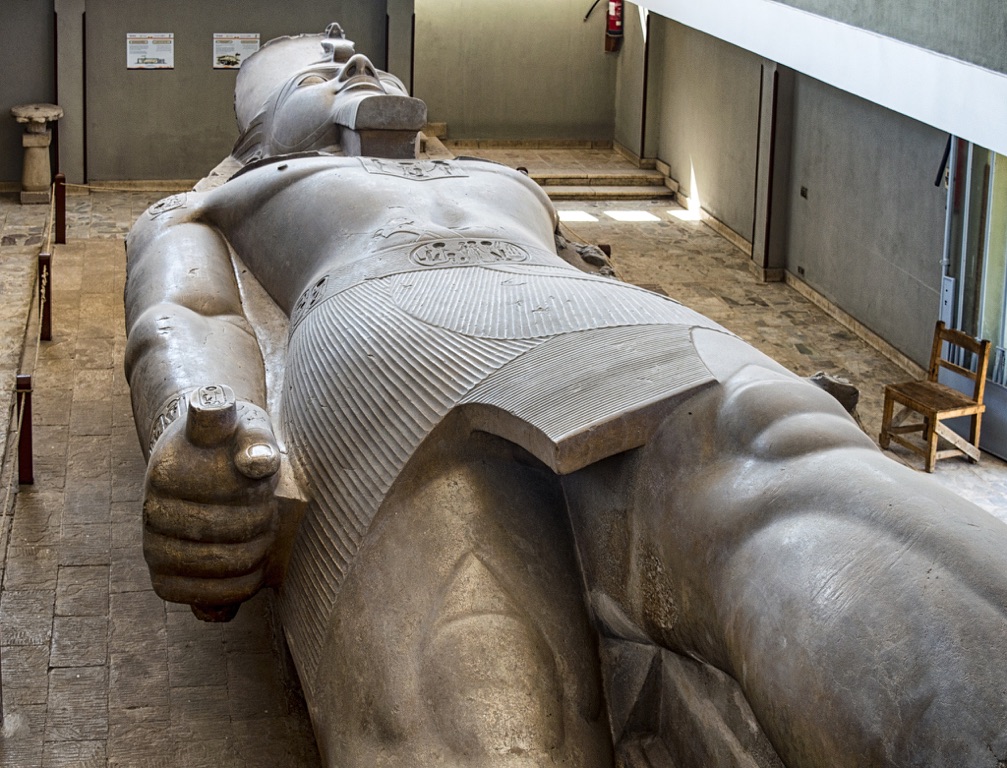
The Enduring Legacy of Historical Monuments
The enduring legacy of statues, monuments, and other sculptural works lies not only in their artistic merit but also in their ability to convey the values, beliefs, and historical narratives of the societies that created them. These structures continue to serve as a bridge to the past, offering insights into the technological capabilities, aesthetic sensibilities, and social hierarchies of ancient civilizations. Moreover, they play a crucial role in modern cultural identity and heritage, reminding us of our shared human history and the timeless nature of artistic expression. As such, the preservation and study of these monuments remain a vital aspect of historical scholarship, ensuring that future generations can appreciate and learn from the achievements of their predecessors.
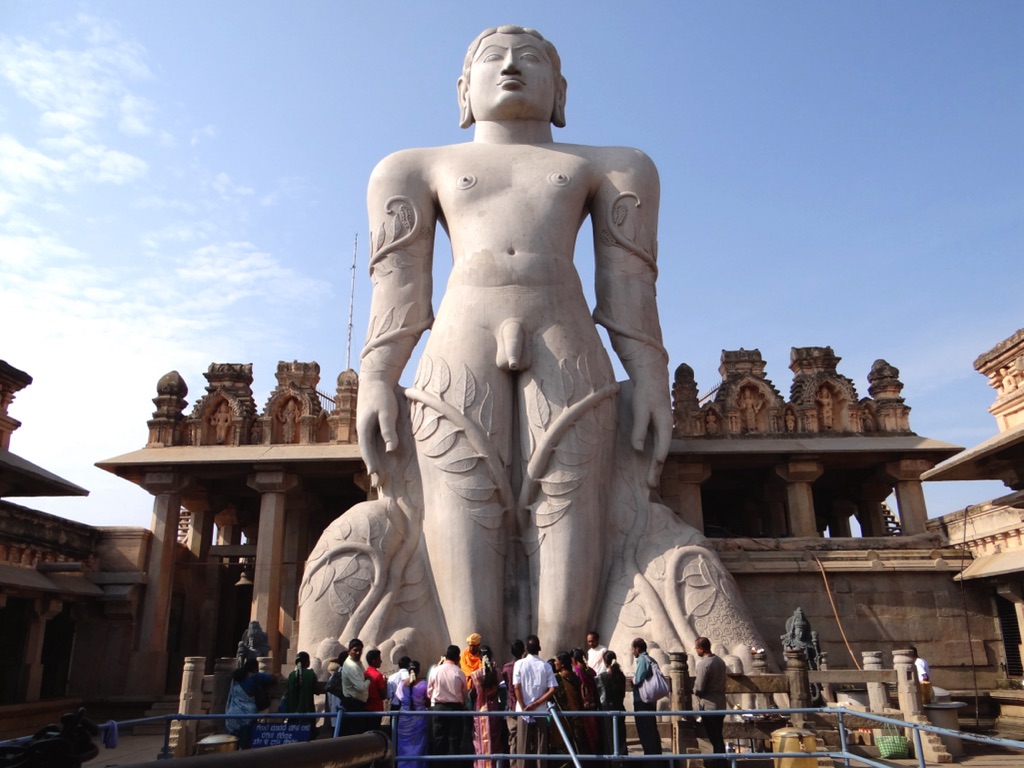
Gommateshwara statue
The Gommateshwara statue stands as a monumental testament to the Jain religion and its values. Located on Vindhyagiri Hill in Shravanbelagola, Karnataka, India, this 57-foot (17 m) high monolithic statue is carved from a single block of granite, making it one of the tallest monolithic statues from the ancient world. The statue is dedicated to Bahubali, a revered figure in Jainism, and symbolizes the Jain ideals of peace, non-violence, sacrifice, and simple living.
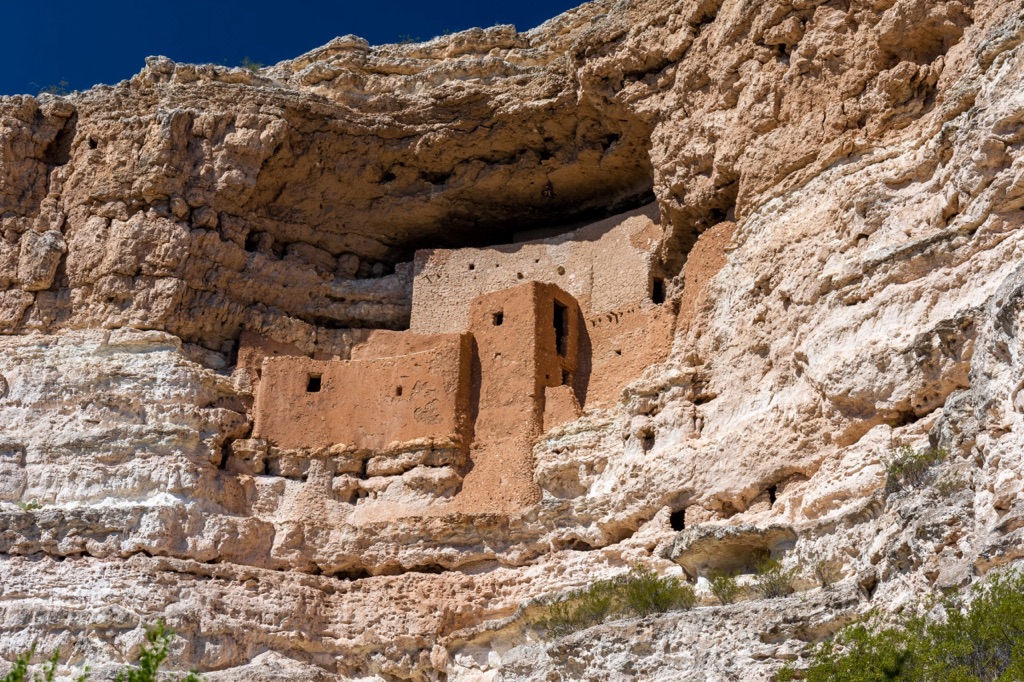
Montezuma Castle National Monument
Montezuma Castle National Monument, located in Camp Verde, Arizona, stands as a remarkable example of the ingenuity and culture of the Sinagua people, a pre-Columbian culture that thrived in the southwestern United States between approximately AD 1100 and 1425. This monument preserves one of the best-preserved cliff dwellings in North America, offering insights into the lives of the Sinagua people and their architectural prowess.
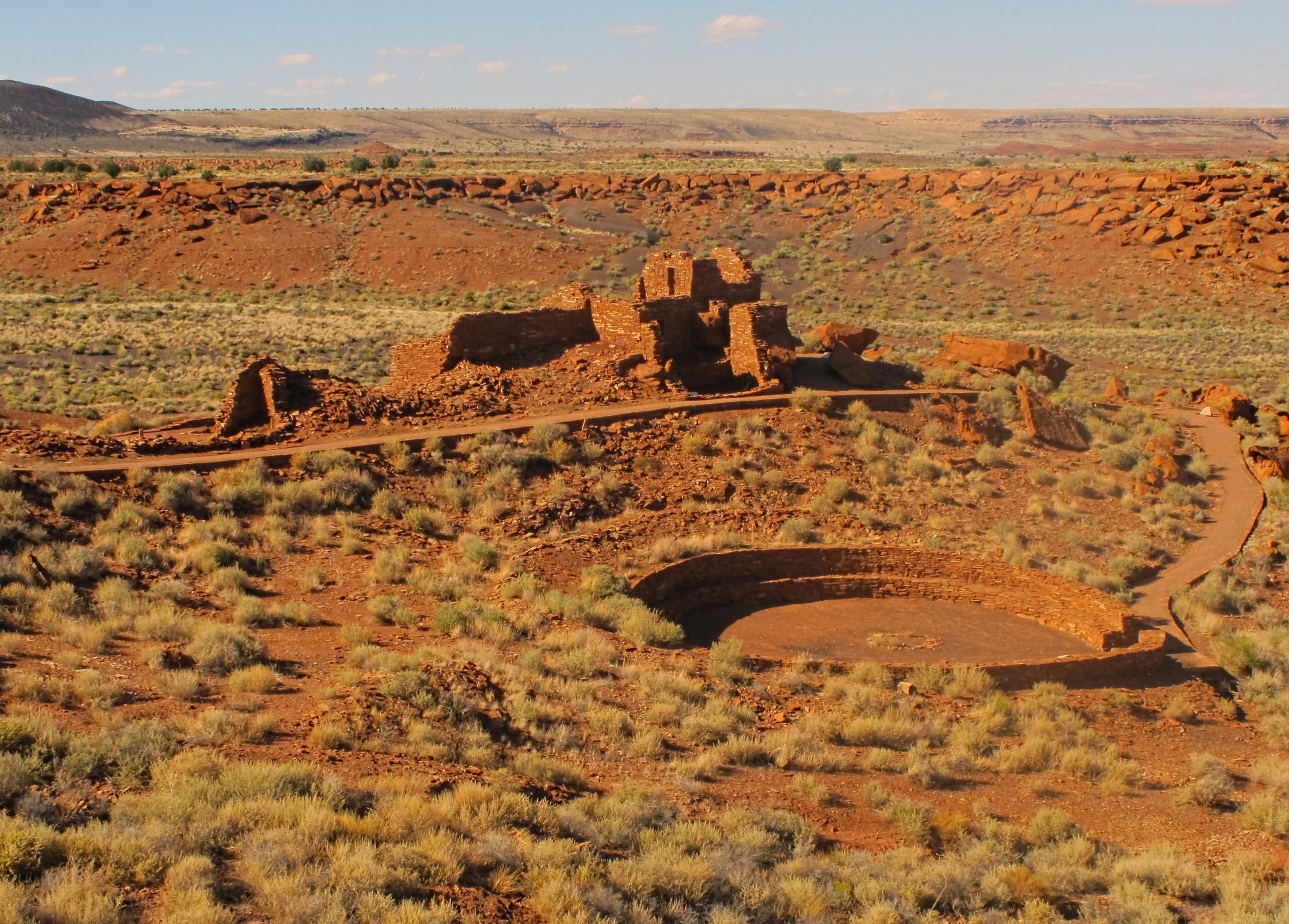
Wupatki National Monument
Wupatki National Monument, located 35 miles north of Flagstaff, Arizona, stands as a significant archaeological and historical site that offers insight into the lives of the Ancient Pueblo People. Established as a national monument in 1924 and listed on the National Register of Historic Places on October 15, 1966, Wupatki encompasses 35,422 acres and includes three contributing buildings and 29 contributing structures.
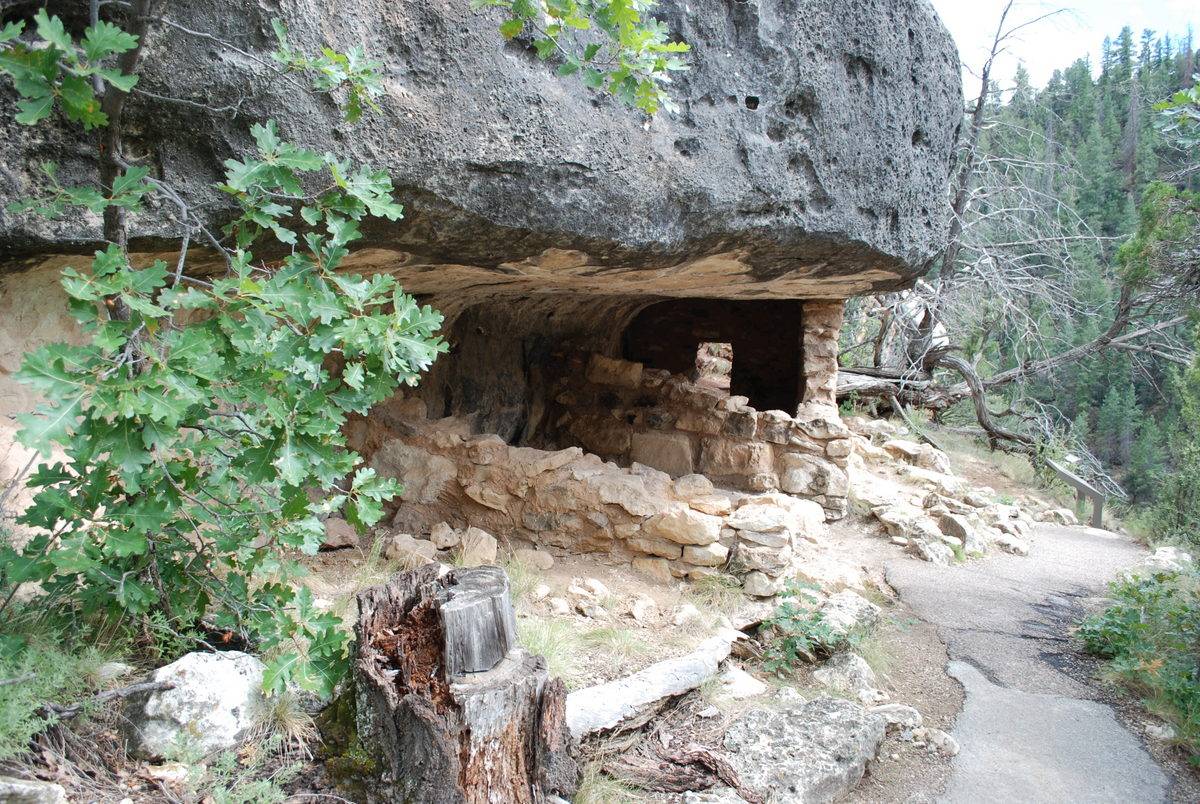
Walnut Canyon National Monument
Walnut Canyon National Monument, designated as such by President Woodrow Wilson on November 30, 1915, stands as a significant archaeological site located approximately 10 miles southeast of downtown Flagstaff, Arizona. This monument preserves the ancient cliff dwellings of the Sinagua people, a pre-Columbian cultural group that thrived in the region from around 1100 to 1250 AD. The name “Sinagua” is derived from the Spanish words “sin agua,” meaning “without water,” highlighting the inhabitants’ remarkable ability to conserve water and sustain life in a dry environment.
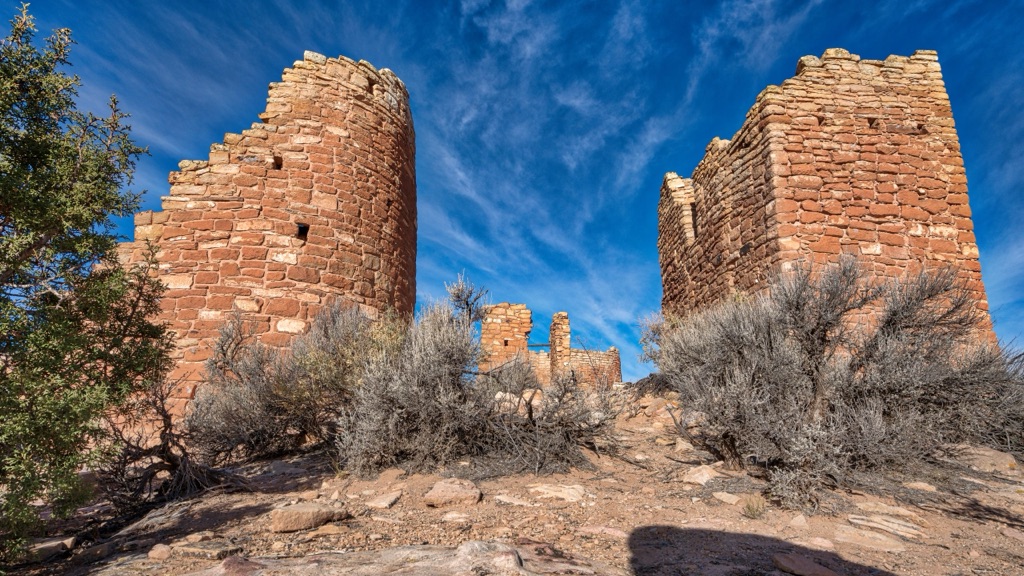
Hovenweep National Monument
Hovenweep National Monument, straddling the border between southwestern Colorado and southeastern Utah, offers a unique glimpse into the lives of the Ancestral Puebloan people. Situated on the Cajon Mesa of the Great Sage Plain, the monument is characterized by its deep canyons and wide expanses, through which shallow tributaries flow into the San Juan River. This area, known for its six groups of Ancestral Puebloan villages and a kiva, also bears evidence of earlier hunter-gatherer occupations dating from 8,000 to 6,000 B.C. up until about AD 200. The monument’s history of human occupation reflects a transition from nomadic lifestyles to settled pueblo communities, which thrived until the 14th century.

